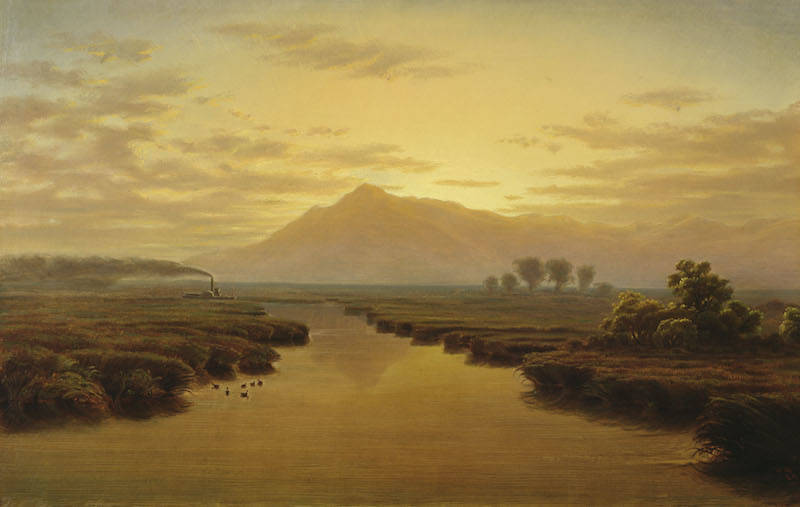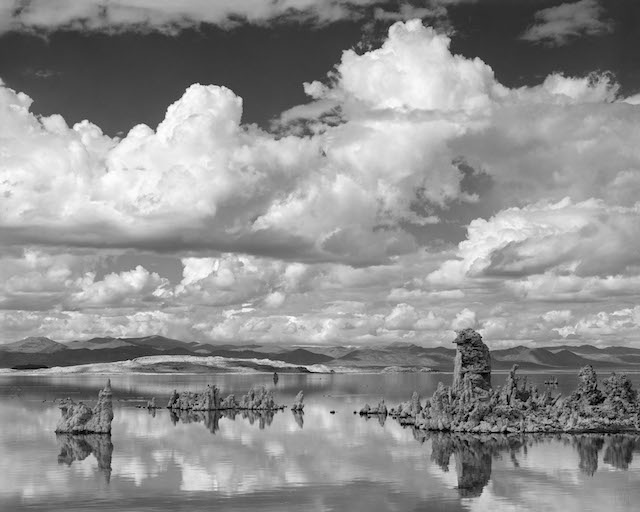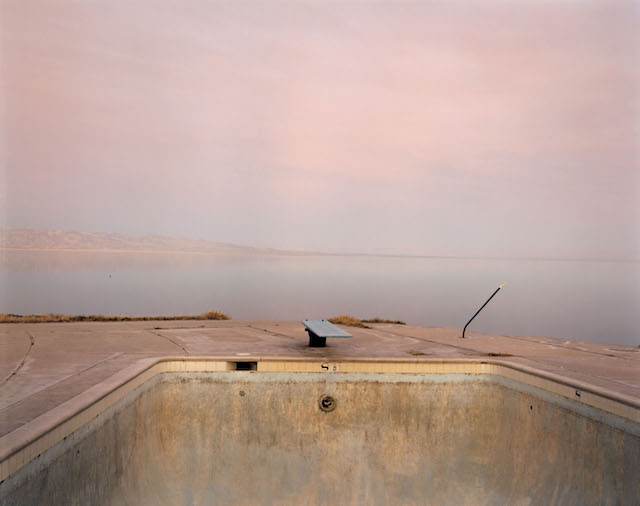The leading hypothesis on the origin of the word “California” is that Spanish colonists named their discovery of what is now the peninsula of Baja California after a mythical island in a 16th-century romance novel. The island of Calafia was full of gold, populated by Amazons who controlled an army of griffins. And so, from first European contact, California was steeped in mythology and romanticism, a fitting story for a land now defined by theme parks, Hollywood and agricultural abundance.
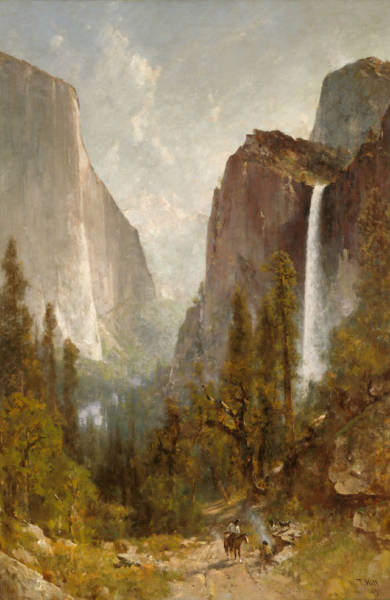
Despite this romantic backstory, California remained a distant colonial outpost for over 300 years, eventually attracting a small number of Franciscan missionaries and cattle ranchers. But by the mid-19th century, a number of forces colluded to make the outpost known to the world: the U.S. annexation of California, the discovery of gold, the influence of romanticism in painting, and the invention of photography.
Painting and photography helped shape California’s new mythos, often by depicting its most important and at times scarce, resource. The exhibition California: The Art of Water, on view at the Cantor Arts Center at Stanford University, looks at how artists’ portrayal of water has influenced the land’s identity from pre-statehood to now.
When American landscape painters began making the trek West to the new state, they brought back images of a lush Eden. Albert Bierstadt was one of the most important painters of the American West; his work depicted the region with fantastical imagery that is both true to the awesomeness of the landscape and sometimes wildly embellished. His Sacramento Valley River (c. 1872-73) is more subtle than some works, but it nonetheless pictures the valley dramatically as a series of rolling green hills with a heavenly and luminous sky. The river winds tepidly through the valley, clearly a life-giver in the rich terrain.
William Keith, a contemporary of Bierstadt, was a close friend of naturalist John Muir and spent much of his career painting the Yosemite Valley, the Sierras and other California landscapes. His work is generally more naturalistic than Bierstadtk’s, but his Upper Kern River (1876) and Hetch Hetchy Valley (1907-10) create images of almost magical terrains full of life and adventure. Alpine oases boast snow-capped peaks and mighty freshwater streams.
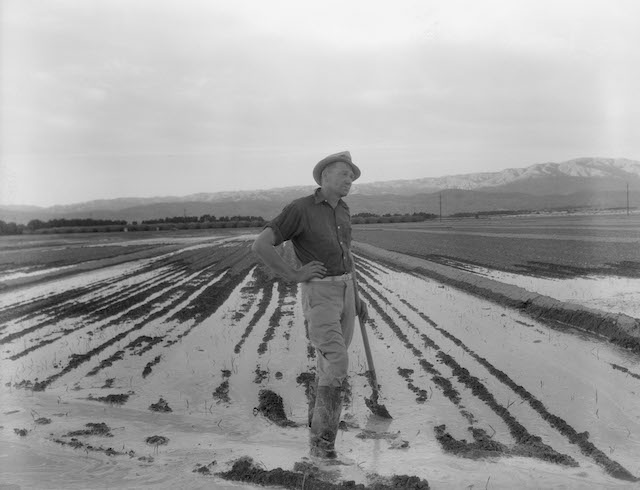
Keith’s works read as romantic exaggerations, and that is no doubt part of the story. But artistic license isn’t the only reason his paintings don’t remind us of the dry chaparral and the sun-scorched mountains with which we are familiar.
